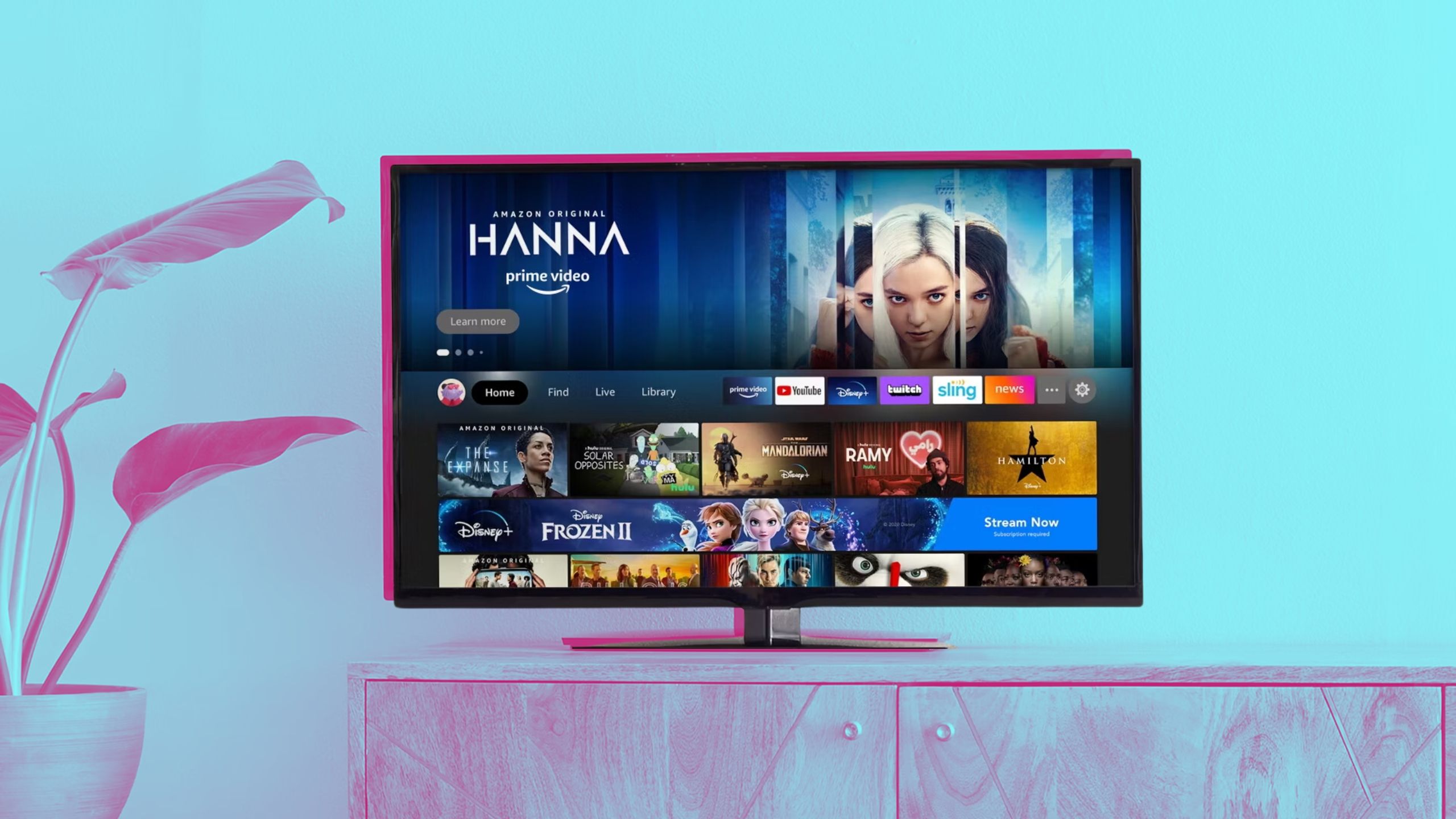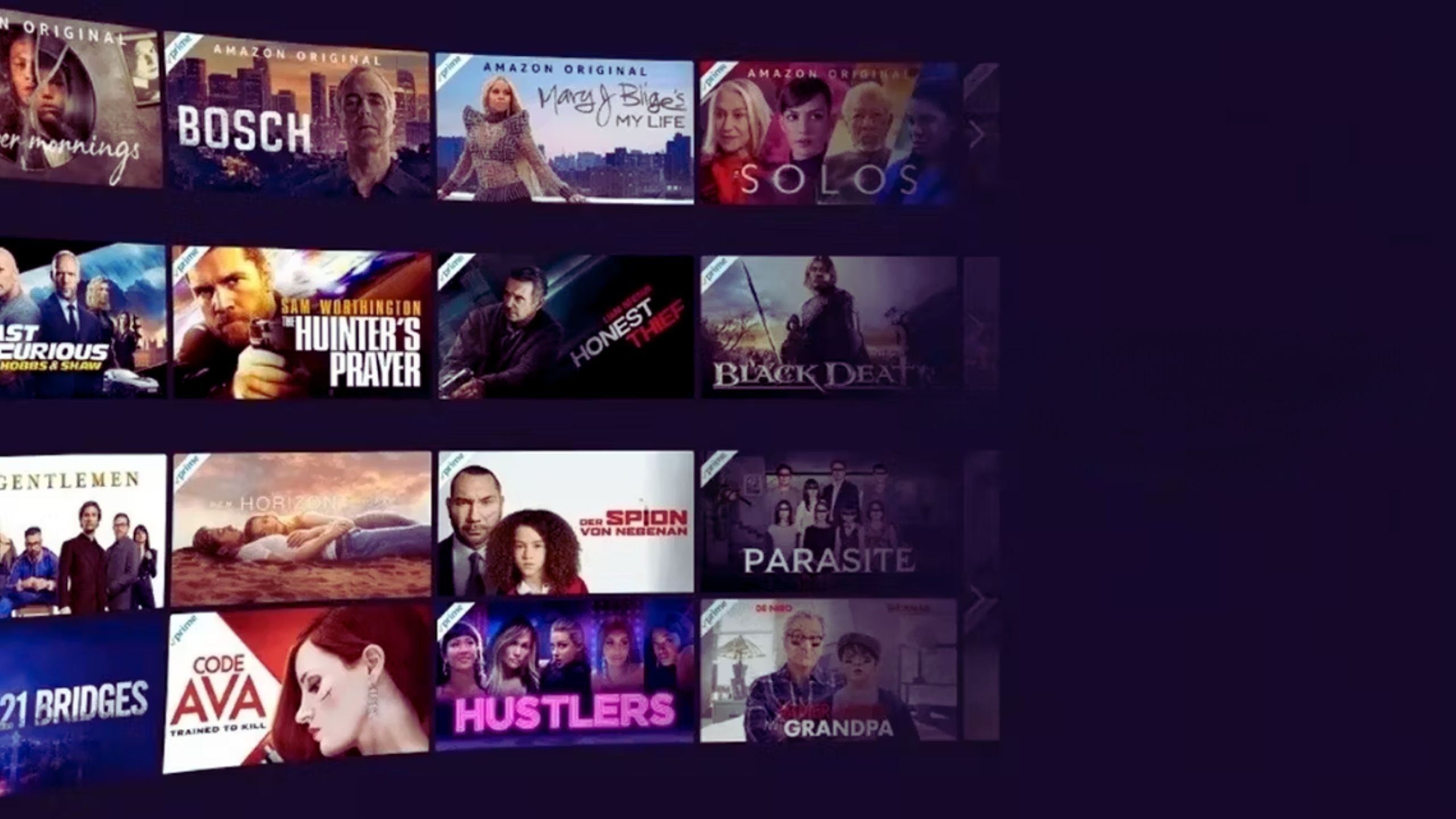Summary
- No two streaming services are alike
- Compression is unavoidable but can be managed differently
- Ditching 4K on Prime improved streaming quality
I’ve got a problem with Amazon Prime Video. It’s nothing to do with their content, which on the whole is quite good, with a solid selection of movies and TV shows. But when I tune in to watch the latest episode of Reacher, I keep bumping up against the same problem: Prime’s terrible video compression.
Streaming has never been the place to get the highest quality video. That has long been reserved for physical media, like Blu-rays and UHD Blu-rays. While all formats rely on software to compress video, and often audio, the limited bandwidth for online streaming means more compression and worse quality.
Still, some streaming services excel at delivering video quality, which, despite all the compression, manages to get close enough to Blu-ray quality that even videophiles will be mostly satisfied, if they can even tell the difference. With Prime Video, though, I can very much tell the difference. And worse still, their 4K streaming is actually worse than their theoretically lower quality 1080p HD streams.
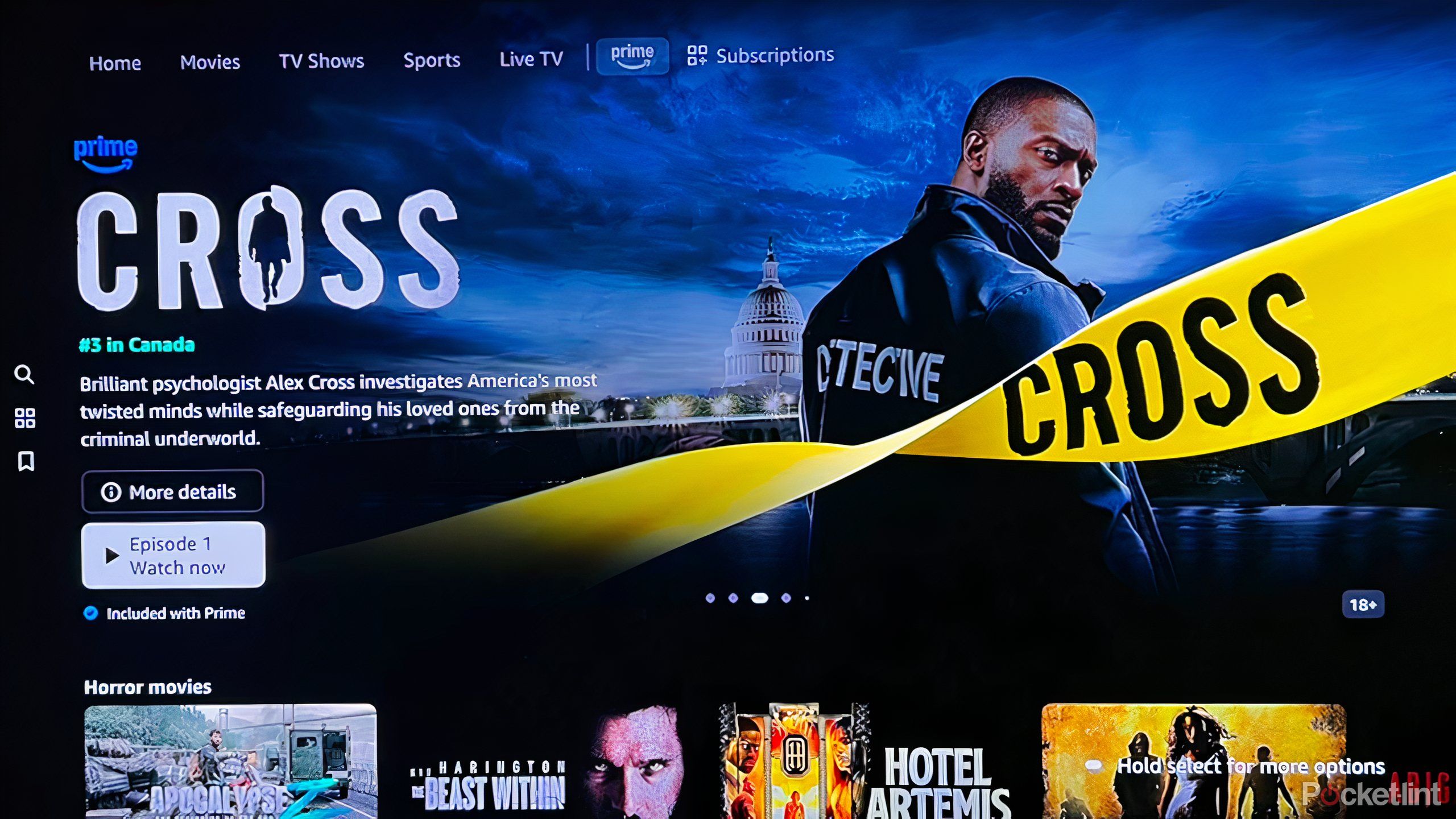
Related
Amazon Prime Video isn’t even trying to make good content
With an aggressive ad push and new property in James Bond, Prime Video is poised to turn off consumers.
Compression is unavoidable
No two streaming services are alike
Kaboom Pics / Pexels / Pocket-lint
In the world of streaming, it’s very easy to imagine that all the services are roughly equal when it comes to the basic task of delivering video to devices at home. That is, unfortunately, not at all the case. Different streamers use different video formats and compression algorithms in order to keep their streaming bandwidth in line.
Netflix, for example, has developed an extremely complex method for compressing video, with specific settings for each title in its library to maximize perceived quality. Netflix’s compression algorithm can intelligently identify difficult scenes, like scenes set in dark, smoky rooms, and tune the compression accordingly. Eagle-eyed viewers will also notice that even within a shot, Netflix will often prioritize sharpness for faces or objects in the foreground, while allowing the background to be fuzzier and more compressed, with compression artifacts like blocky pixels and splotchy colors somewhat more visible.
Different streamers use different video formats and compression algorithms in order to keep their streaming bandwidth in line.
The problem with video streaming is that compression is unavoidable, but it can be managed in different ways. Apple TV+, for example, tends to have very solid compression, in part because it delivers video at relatively high bit rates for streaming, up to about 25Mbps for 4K, compared to an average 15Mbps on most other services. The result is that outside of some very difficult, dark scenes on shows like Silo, the streaming quality on Apple TV+ shines.
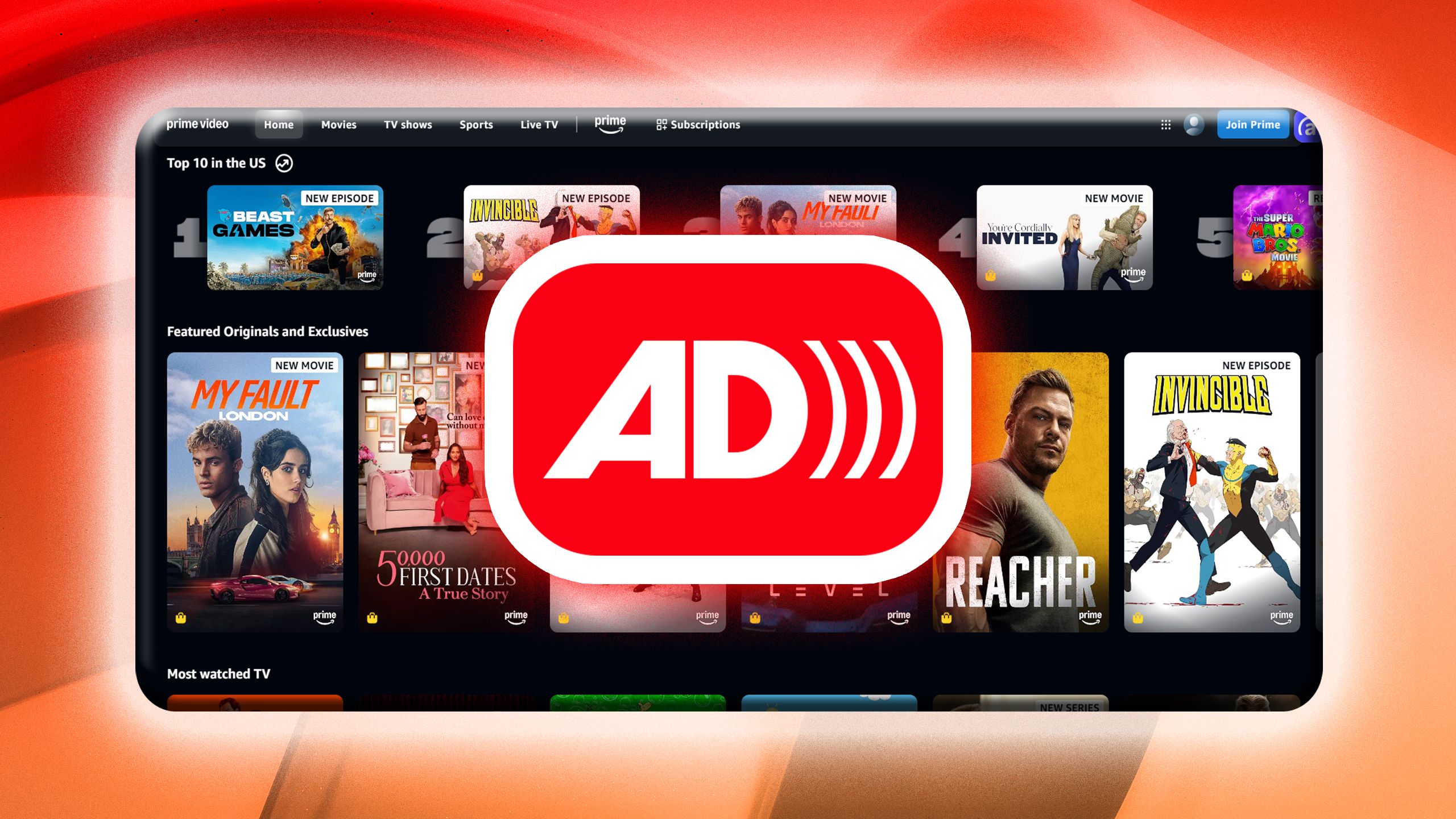
Related
Unchecked greed led to Amazon ruining its own streaming service
People don’t seem happy with Amazon Prime Video’s strategy, and I’m with them.
The Amazon problem
Testing the limits for 4K
Amazon/Pocket-lint
I can’t remember when I first noticed something was wrong with 4K streaming on Prime Video, but I do remember the show that sent me over the edge. It was director Steve McQueen’s highly acclaimed Prime original Small Axe, an anthology of five TV films, each about the lives of the so-called Windrush generation of West Indian immigrants to London from the 1960s to the 1980s. It’s an incredible anthology, with some amazing filmmaking, which is to be expected from the director of movies like Hunger and 12 Years a Slave.
The picture was instead a mess of digital noise, splotchy red and green colors, and blocky artifacts all over.
What wasn’t to be expected, though, was how bad Prime’s compression made the anthology’s beautiful cinematography look. It was especially evident to me in the series’ most beloved entry, Lovers Rock, which is set mostly at night, with a grainy, dark, orange-hued style. And while I could tell that it theoretically looked good, on my 4K OLED TV, the picture was instead a mess of digital noise, splotchy red and green colors, and blocky artifacts all over.
Things only got worse when I checked out Moonlight director Barry Jenkins’ epic miniseries adaptation The Underground Railroad, another Prime original. That series is also often quite dark looking, but its palette overall is quite soft and tends toward browns and other earth tones, which Prime’s compression apparently has a hard time dealing with generally. Once again, splotchy colors and ugly digital noise rendered their head, distracting me to the point that it detracted from my ability to appreciate the actual show.

Related
A new Prime-exclusive streaming bundle just dropped
Prime Video subscribers can score a sweet bundle deal that includes Max and Starz for a limited time.
Solving the problem
Ditching 4K on Prime
Amazon
Not wanting to watch Barry Jenkins’ work in such poor quality, I had to find a solution, and it turned out the best fix was to stop watching in 4K. While 4K UHD is marketed as higher quality than 1080p, the higher resolution also tends to mean heavier compression. While modern encoding formats help to offset that, sometimes there’s only so much that can be done with bit-starved content.
Getting tired of all the ugly noise and artifacts cropping up in The Underground Railroad, I decided to take drastic action. There’s no way to adjust the video quality for Prime directly on my Apple TV, so instead I went into the streaming box’s settings and switched my Apple TV to only output 1080p.
The difference was massive. While show still didn’t look as good as I knew it could in theory, gone was the ugly noise and weird color bleeding. The image looked tighter, and better, and it was that much easier to immerse myself in the story. In fact, both The Underground Railroad and Small Axe were later released on Blu-ray by the Criterion Collection, in simple 1080p, and the video looked even better, easily surpassing Amazon’s 4K stream, despite the lower resolution and lack of HDR.
These days, I don’t often switch my Apple TV to only 1080p, because it’s annoying to have to play around with those settings. It’s annoying to see those same issues crop up while I’m watching Reacher, but I mostly put up with it. Still, when I went to check out the Oscar-winning film Conclave, which was nominated for Best Cinematography, I wasn’t going to let Prime Video’s compression muddy the movie’s beautiful imagery. So, of course, I went into the settings menu and turned 4K right off.
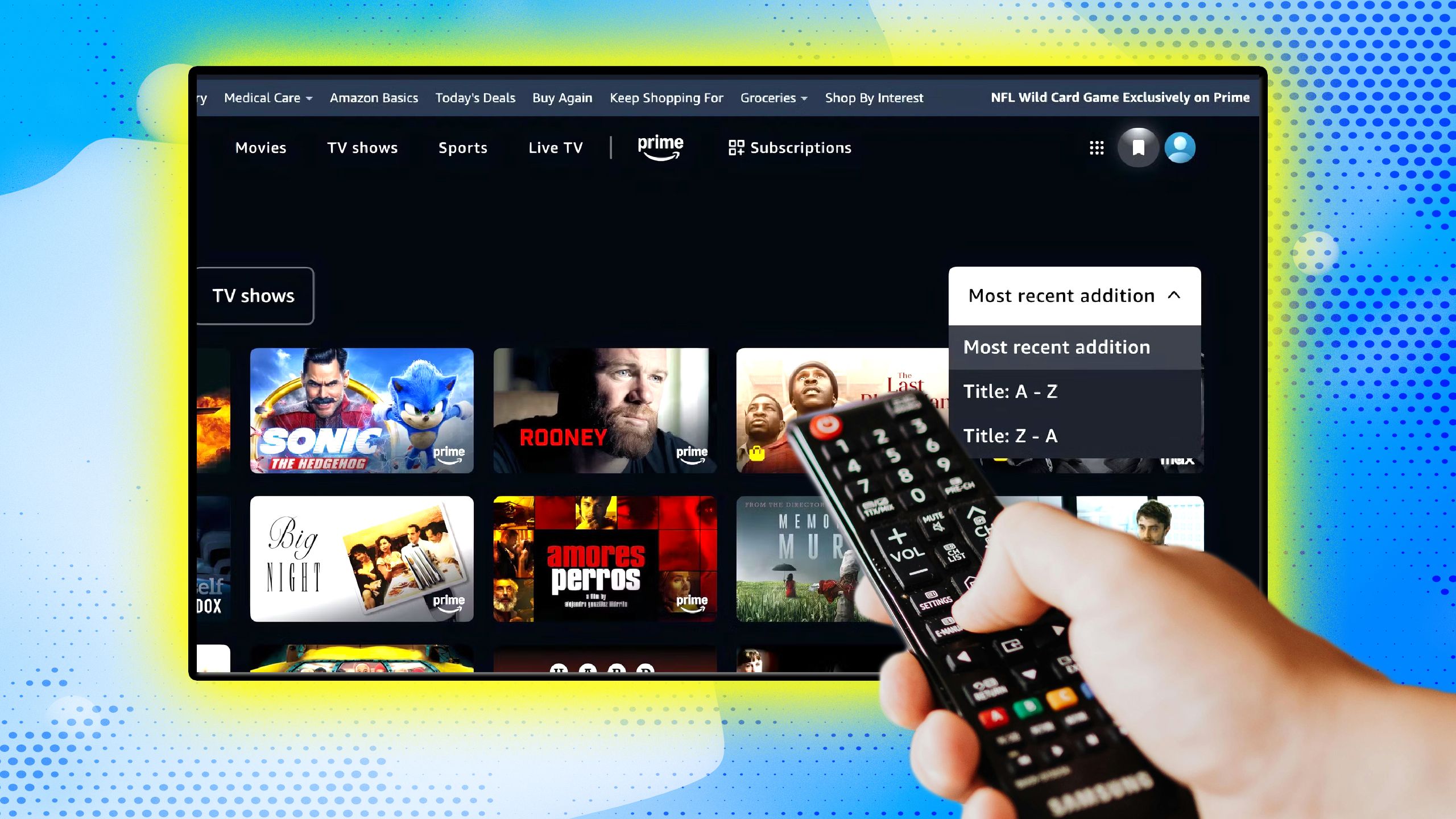
Related
This Prime Video customization trick saved me so much time
Catalog what you want to watch so you actually watch it.
Trending Products
![cimetech EasyTyping KF10 Wireless Keyboard and Mouse Combo, [Silent Scissor Switch Keys][Labor-Saving Keys]Ultra Slim Wireless Computer Keyboard and Mouse, Easy Setup for PC/Laptop/Mac/Windows – Grey](https://m.media-amazon.com/images/I/415Vb6gl+PL._SS300_.jpg)
cimetech EasyTyping KF10 Wireless Keyboard and Mouse Combo, [Silent Scissor Switch Keys][Labor-Saving Keys]Ultra Slim Wireless Computer Keyboard and Mouse, Easy Setup for PC/Laptop/Mac/Windows – Grey

AOC 22B2HM2 22″ Full HD (1920 x 1080) 100Hz LED Monitor, Adaptive Sync, VGA x1, HDMI x1, Flicker-Free, Low Blue Light, HDR Ready, VESA, Tilt Adjust, Earphone Out, Eco-Friendly

TopMate Wireless Keyboard and Mouse Ultra Slim Combo, 2.4G Silent Compact USB Mouse and Scissor Switch Keyboard Set with Cover, 2 AA and 2 AAA Batteries, for PC/Laptop/Windows/Mac – White

HP 2024 Newest Laptop | 15.6″ FHD (1920×1080) Display | Core i3-1215U 6-Core Processor | 32GB RAM, 1.5TB SSD(1TB PCIe & P500 500GB External SSD) | Fingerprint Reader | Windows 11 Pro

Thermaltake View 200 TG ARGB Motherboard Sync ATX Tempered Glass Mid Tower Computer Case with 3x120mm Front ARGB Fan, CA-1X3-00M1WN-00

SAMSUNG FT45 Sequence 24-Inch FHD 1080p Laptop Monitor, 75Hz, IPS Panel, HDMI, DisplayPort, USB Hub, Peak Adjustable Stand, 3 Yr WRNTY (LF24T454FQNXGO),Black

Dell Inspiron 15 3520 15.6″ FHD Laptop, 16GB RAM,1TB SSD, Intel Core i3-1215U Processor(Beat i5-1135G7), SD Card Reader, WiFi, Bluetooth, Webcam, Win 11 Home, Alpacatec Accessories, Carbon Black
![Dell Inspiron 15 3000 3520 Business Laptop Computer[Windows 11 Pro], 15.6” FHD Touchscreen, 11th Gen Intel Quad-Core i5-1135G7, 16GB RAM, 1TB PCIe SSD, Numeric Keypad, Wi-Fi, Webcam, HDMI, Black](https://m.media-amazon.com/images/I/51O3nNfyJPL._SS300_.jpg)

